
All categories
Featured selections
Trade Assurance
Buyer Central
Help Center
Get the app
Become a supplier

(1801 products available)












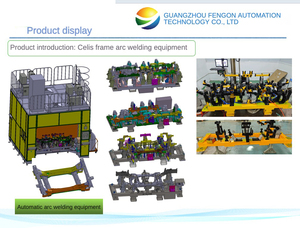


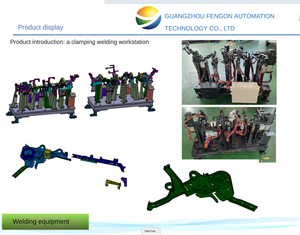


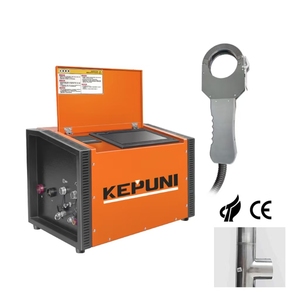




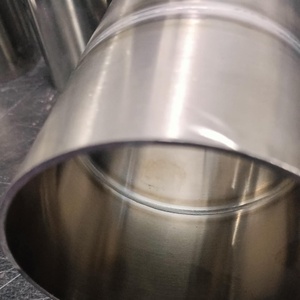














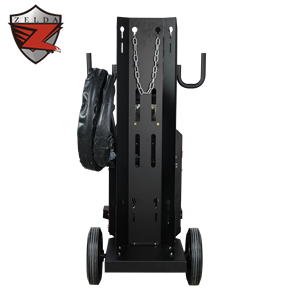

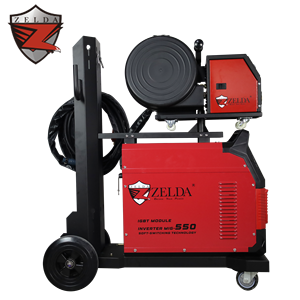
Heavy-duty welding machine inverters are available in various types. Every type of heavy-duty welding machine inverter has unique characteristics and advantages. As a result, these machines are appropriate for different welding tasks.
For instance, one can categorize them primarily based on the welding technique they support.
TIG Welding Inverters
Tungsten Inert Gas Welding, sometimes known as TIG welding, is an accurate and versatile welding process. Thus, it uses a non-consumable tungsten electrode. These Inverters are made for operations that need precise control. For example, in automobile and aerospace welding, heavy-duty manufacturing industries, and those requiring welding thin materials.
Of note is that these inverters offer strong currents and precise heat regulation. This feature makes them competent in heavy-duty operations like industrial manufacturing.
MIG Welding Inverters
MIG (Metal Inert Gas) welding is a widely employed and adaptable method. This is because it is easier to perform than many other welding processes. One of the distinct benefits of MIG is its high welding rate. Thus, making it suitable for large production volumes. For example, heavy-duty mig welders are ideal for industry sectors like construction, auto manufacture, and shipbuilding. In these industries, lots of materials with thick gauges are welded together.
There is also a significant improvement in welding operations due to the efficiency, ease of use, and operational reliability of Inverters. All these qualities make MIG inverters exemplary choices in difficult environments for businesses.
Stick Welding Inverters
Stick welding is also known as Shielded Metal Arc Welding (SMAW). It is a traditional form of welding that is adaptable to many working conditions. Stick welding inverters are manufactured to bear extreme conditions. This durability makes them useful in such industries as oil and gas, agriculture, and construction.
Moreover, these inverters have high performance even in unclean or user-defined areas. They also offer more accessible maintenance, thus suitable for fieldwork. For difficult welding tasks with heavy plates or in challenging outdoor conditions, stick welding inverters excel.
Heavy-duty welding machine inverters have many important features. All these features make them operationally efficient and reliable for commercial usage.
IGBT Technology
Inverters use IGBT technology to enhance efficiency. Efficiency is reflected in better energy conservation and a more stable welding arc. Also, this technology minimizes heat generation, making welding machines for commercial use ideal for extensive operations.
Multiple Welding Processes
Many heavy-duty inverters are adjustable to various types of welding, such as MIG, TIG, and Stick. This multifaceted capability decreases the need for additional equipment.
Thus, it enables flexibility and effectiveness in operations, especially in complicated work environments. Companies engaged in diverse welding operations benefit greatly from inverters with multiple welding processes.
Adjustable Output
The output of substantial welding inverters can be modified to suit diverse metal thicknesses and material kinds. Such adaptability guarantees proper penetration and fusion, lowering mistakes and enhancing weld quality.
Transportability
Heavy-duty commercial-grade inverters are intended to be portable. Such portability is crucial when workspaces change frequently. Such inverters are manufactured with compact, lightweight materials that are simple to carry and work without permanent setups. This quality helps them operate efficiently within tight deadlines.
Digital Control
Many inverters have advanced digital control systems. These systems allow for precise adjustments and real-time monitoring. Furthermore, digital displays enhance usability by indicating key parameters like voltage and current. This feature optimizes efficiency and guarantees consistent performance.
Manufacturing Industry
The manufacturing industry applies heavy-duty welding inverters for constructing and assembling large machinery and equipment. In this space, MIG and TIG welding are crucial to achieving precise and robust joints.
These inverters guarantee quality and consistency. Thus, stimulating operational efficiency in high-volume production situations.
Construction Industry
The construction space relies heavily on these inverters for structural steelwork and heavy plate welding. Stick welding inverters are suitable for outdoor work. It is because they perform well in adverse environments.
In addition, the portability of the inverters makes them ideal for job sites that lack easy access to power.
Automotive Industry
In the automotive space, welding inverters are crucial for bodywork, exhaust systems, and engine component fabrication. MIG and TIG inverters provide the accuracy required for thin materials.
This precision ensures that the joints are strong and super smooth. It results in welds with a better aesthetic value and functionality in car manufacturing and repair.
Shipbuilding
Shipbuilding depends on heavy-duty welding inverters to construct and repair vessels. In this industry, materials are often thick and demanding. Therefore, heavy-duty mig welders and inverters have to ensure deep penetration and reliable fusion.
For this reason, they are suitable for the challenging conditions of welding in and around water.
Oil and Gas Industry
This industry prioritizes lightweight, durable, and portable welders. In fact, these inverters are ideal for pipelines, rigs, and offshore welding. The inverters are manufactured to support fabricators working under pressure while delivering quality results.
Welding Process Compatibility
A buyer has to ensure that the inverters they select are compatible with the welding processes. Such processes include MIG, TIG, and Stick. They have to consider the needs of their clients and the business environment.
For instance, inverters with multiple process capabilities are versatile. So, they fit nicely into industries that need a variety of welding techniques. Such industries include automobile and manufacturing. Then again, businesses focused on precision work like aerospace engineering require solely TIG capabilities.
Power Output and Duty Cycle
There is a crucial relationship between the power output that an inverter is able to provide and its duty cycle. Heavy-duty industries require inverters with great power ratings.
In fact, this is the only way to ensure that they operate effectively in high-demand environments. Moreover, a long duty cycle is essential. It allows the machine to run for long without overheating.
Arc Stability and Quality
The quality and stability of the welding arc are directly influenced by inverters. Poor arc stability can lead to welding defects.
This factor translates into increased operational costs due to material wastage and rework. Conversely, inverters with strong arc stability ensure clean, consistent welds. It, therefore, reduces the likelihood of defects and increases client satisfaction.
Portability and weight
Many commercial spaces have several working environments. That is why they demand inverters that are portable. These portability features allow for movement without compromising work efficiency.
Moreover, lightweight inverters enable easy transportation in job sites. The convenience offered by these inverters ensures operations run smoothly and meet deadlines. Therefore, buyer's choice of inverter affect their client's satisfaction and operational performance directly.
Safety and Durability Features
Buyers should give priority to safety features like overload protection, and short circuit prevention. Such options reduce the risk of accidents. Inversely, features like thermal protection increase the machine’s lifespan.
This durability reduces long-term maintenance costs and increases work efficiency. Furthermore, the safety and durability aspects positively impact the overall cost of ownership. Thus, allowing these features to be crucial in helping the buyers choose a suitable inverter.
One must always keep these inverters free from dust and debris. A good way to achieve this is by using compressed air to clean the machine’s exterior and interior components. Secondly, users should always ensure all the connections are tight.
They should check them before using the machine to reduce energy wastage during operation. Additionally, regular inspections help identify wear or damage to cables and electrodes early. This factor helps avoid operational failures and safety hazards.
Innovation contributes to the emergence of more efficient, user-friendly, and intelligent inverters. For instance, modern inverters have digital interfaces that allow for precise control. These interfaces enable easy adjustments.
Further, advanced inverters now employ diagnostic tools. These tools support predictive maintenance and quick problem identification. Therefore, heavy-duty manufacturing spaces can make use of these efficiencies.
This benefit, together with reliability, contributes significantly to their operational success. Also, they are likely to adopt future technologies that have a potential of improving performance even more.
These inverters are made to perform well under extreme conditions. It includes outdoor job sites and indoor factories. Manufacturers make them with sturdy casings to shield them from dust, moisture, and temperature variations.
For example, heavy-duty stick welders are specifically developed for fieldwork. They can handle adverse elements like wind and rain. Meanwhile, inverters designed for indoor use offer high levels of precision and control. In short, there are inverters for every environment.
Those features include operating efficiency, thermal protection, and compatibility with various welding techniques. In addition, welding quality and arc stability play a big role in this process, too. All these factors help manufacturers meet their clients’ requirements.
In doing so, they also ensure the efficiency and safety of their industrial welding operations. This combination reduces operational costs, increases productivity, and enhances the longevity of the equipment.
These inverters give precise adjustments and real-time monitoring opportunities. Their digital interfaces are user-friendly and enable fast adjustments. Such functionalities help users achieve better welding consistency. That benefit directly lowers mistakes.
Also, the ability to monitor key indicators in real time improves operational efficiency. Moreover, these digital controls allow simple operation, making them valuable for industries that demand efficiency and performance.